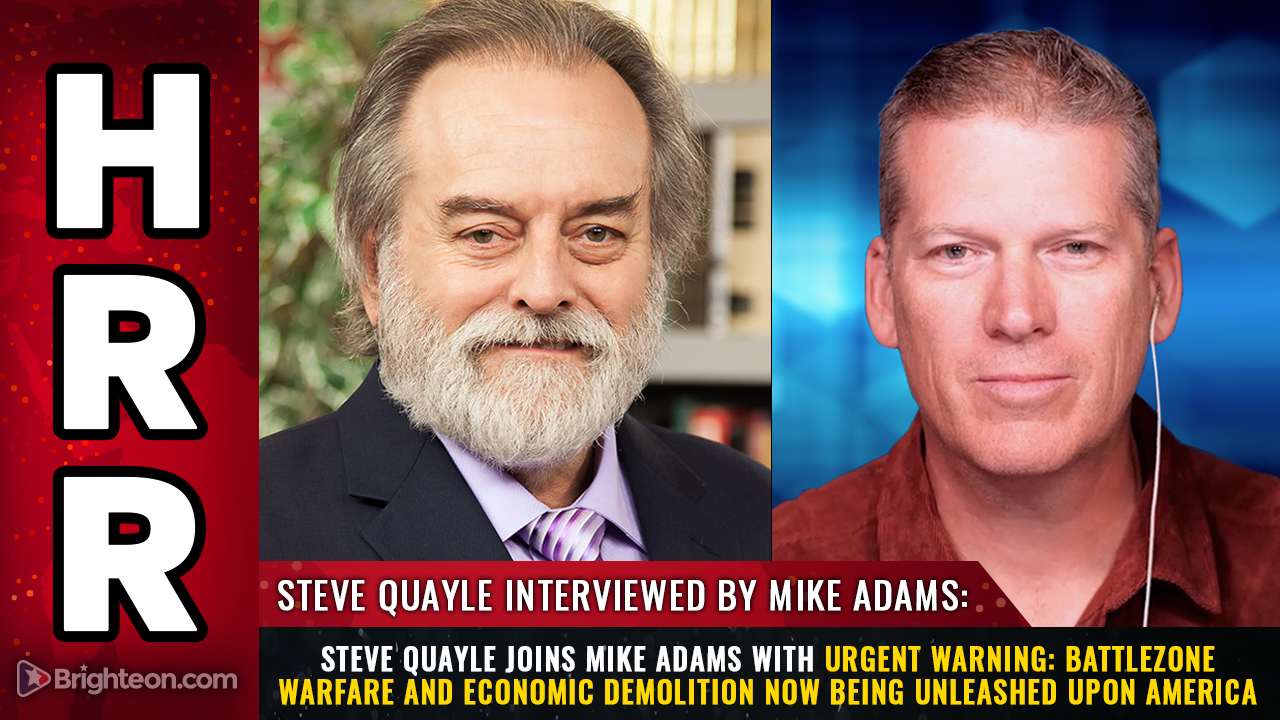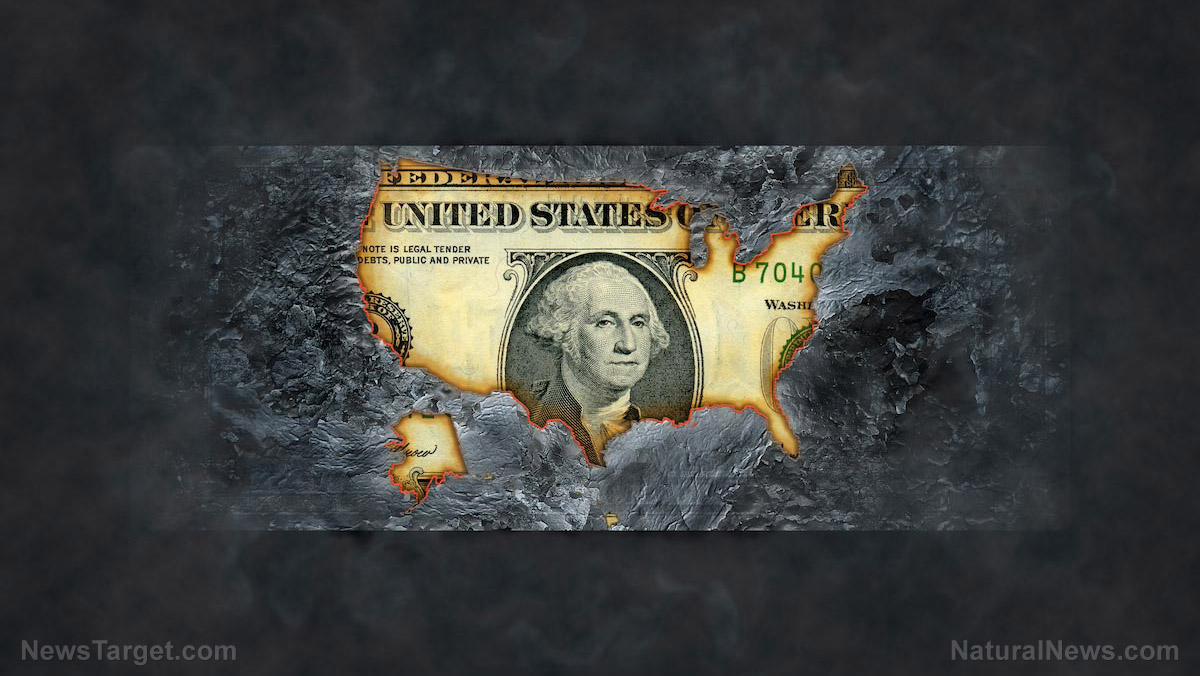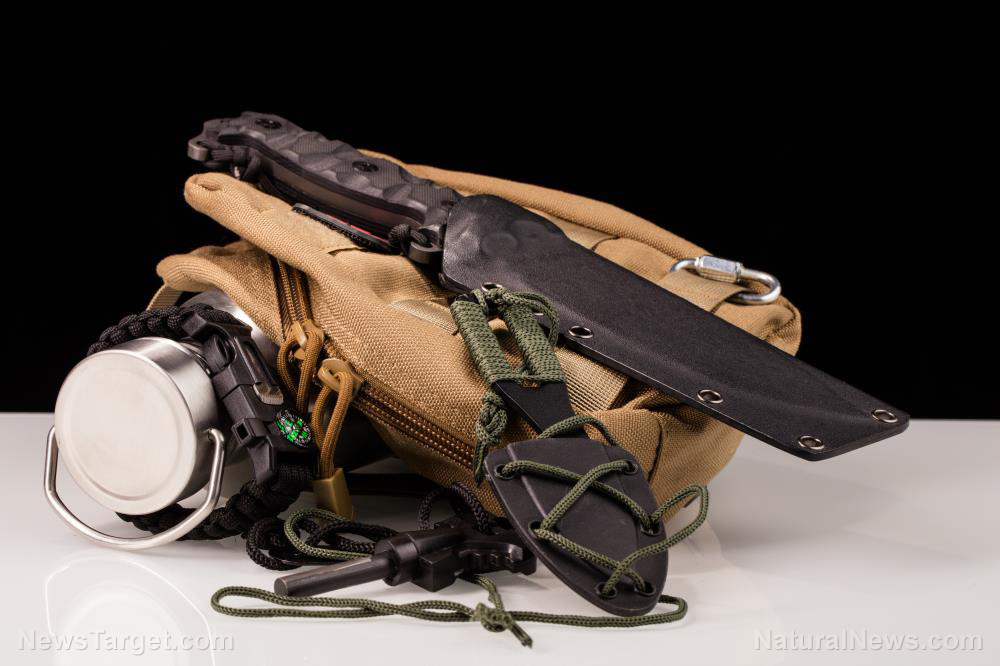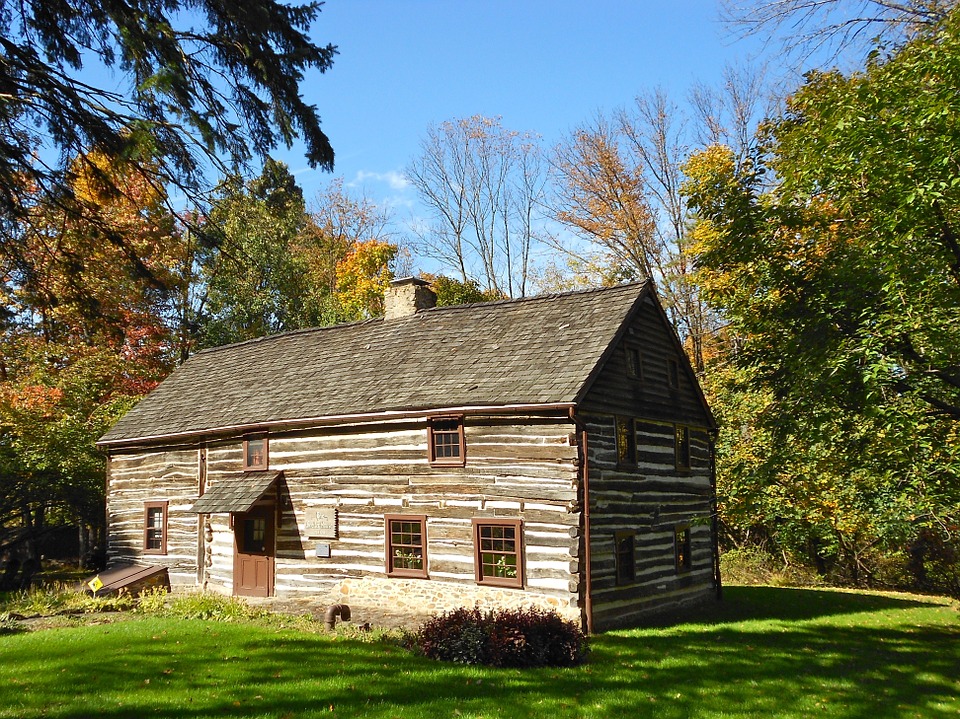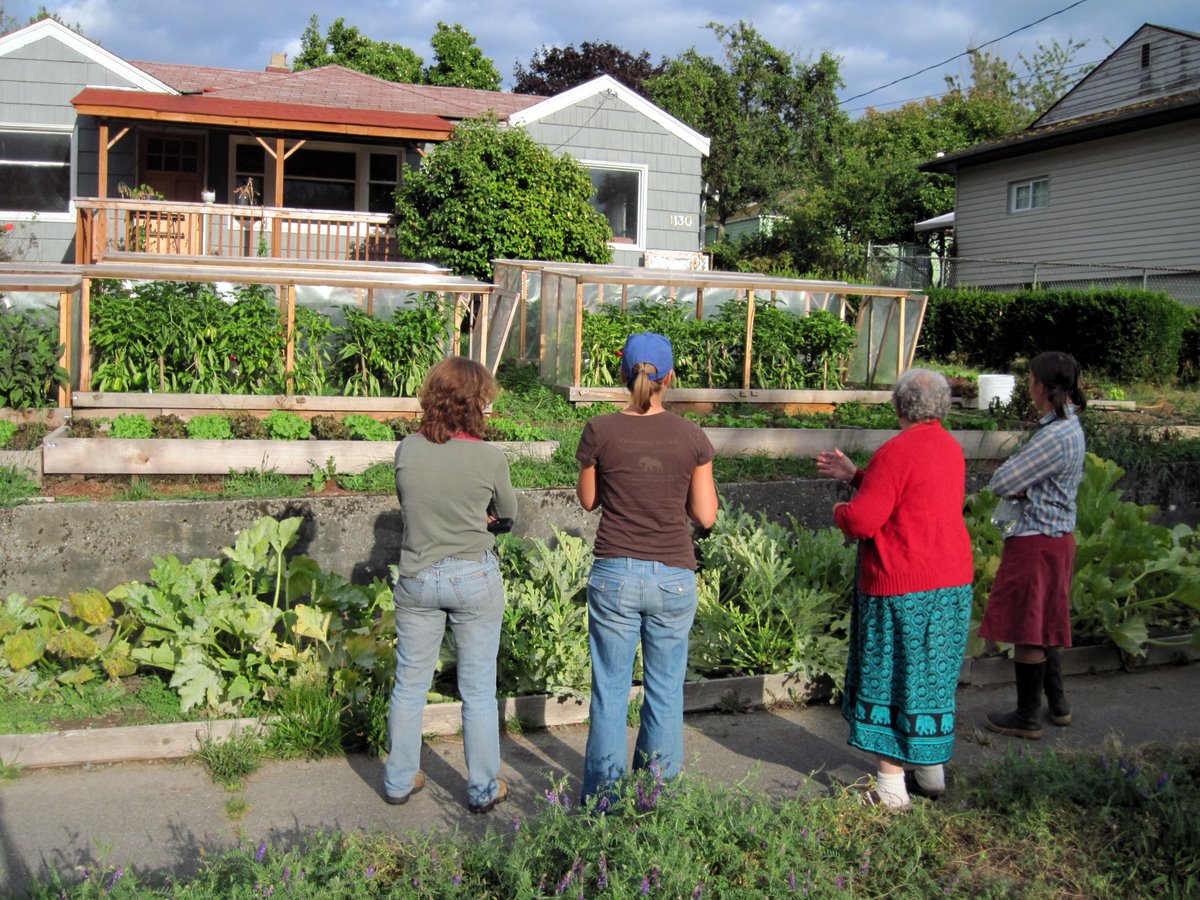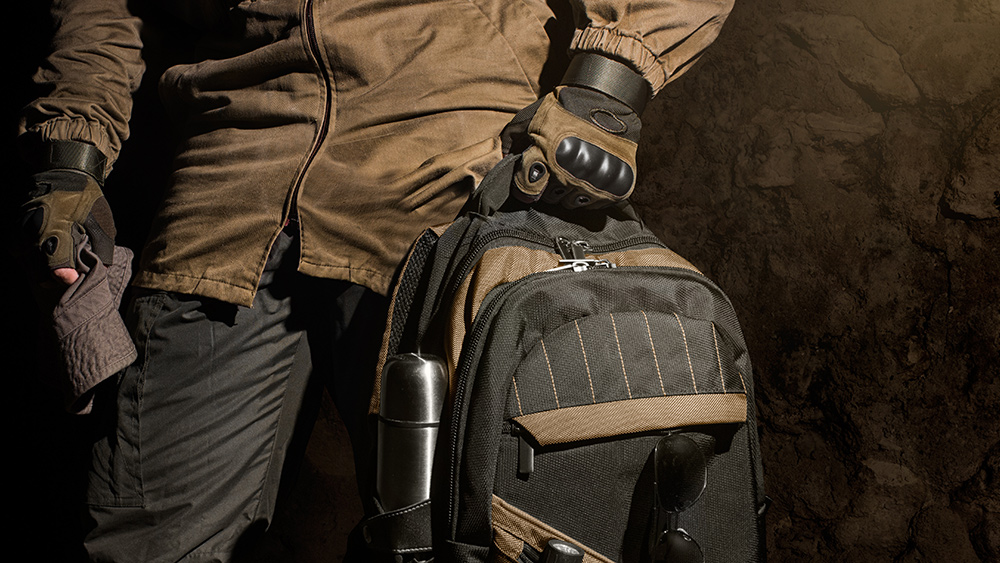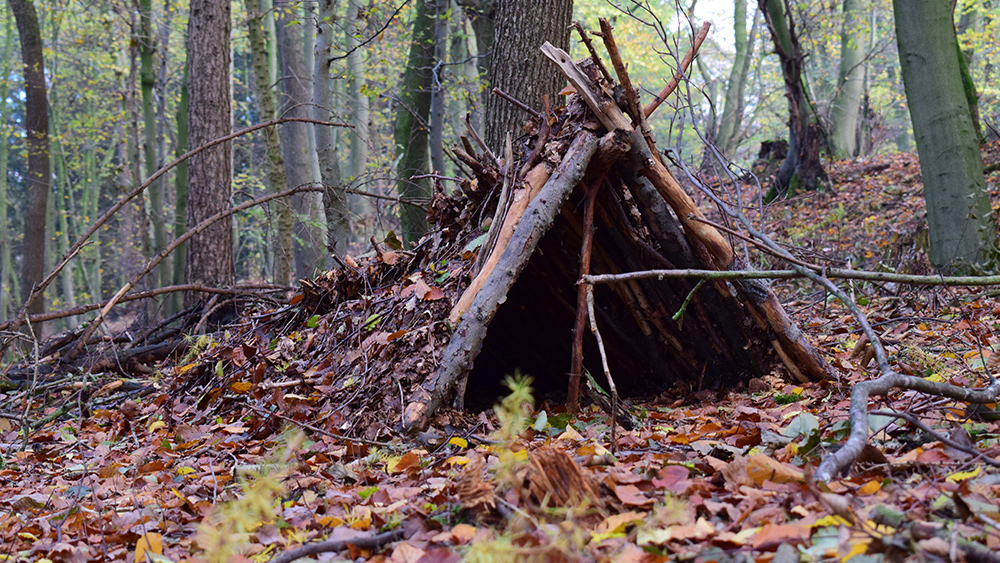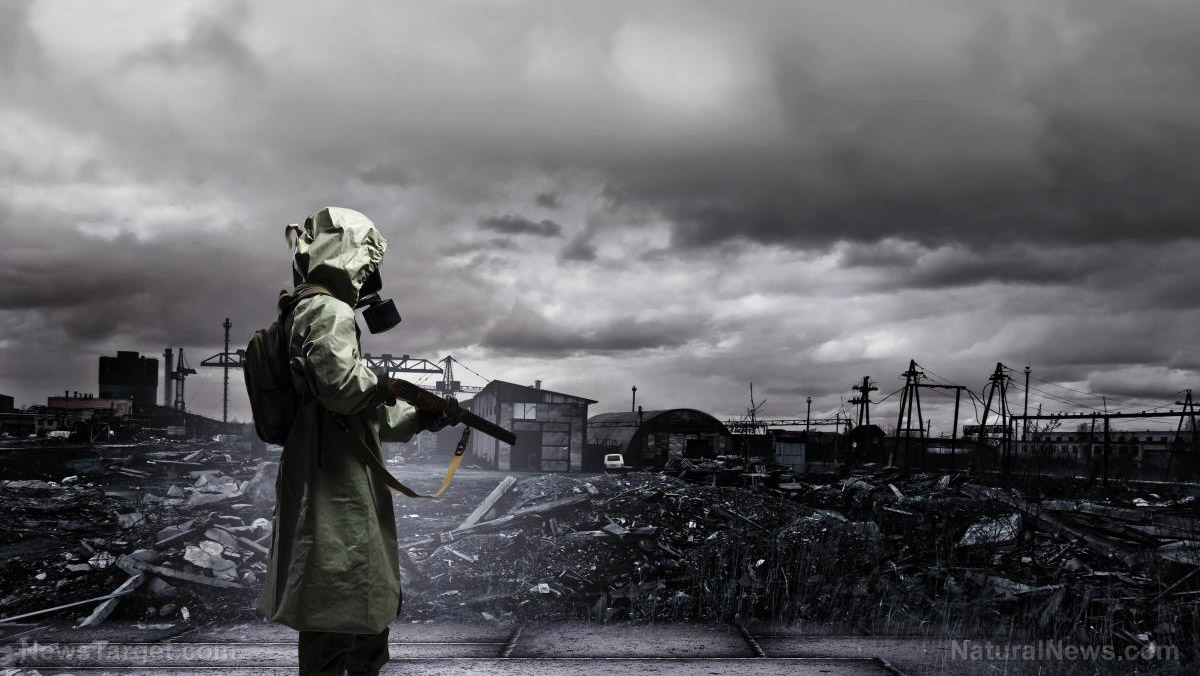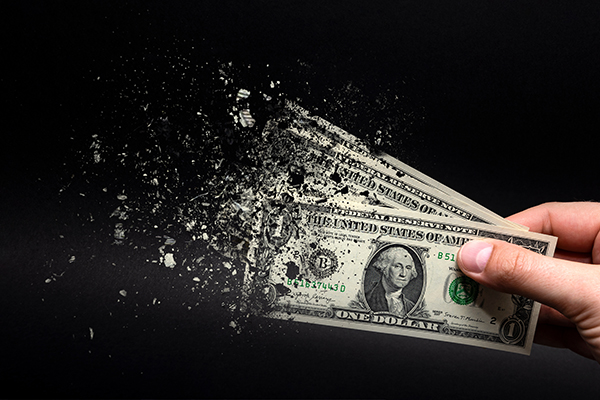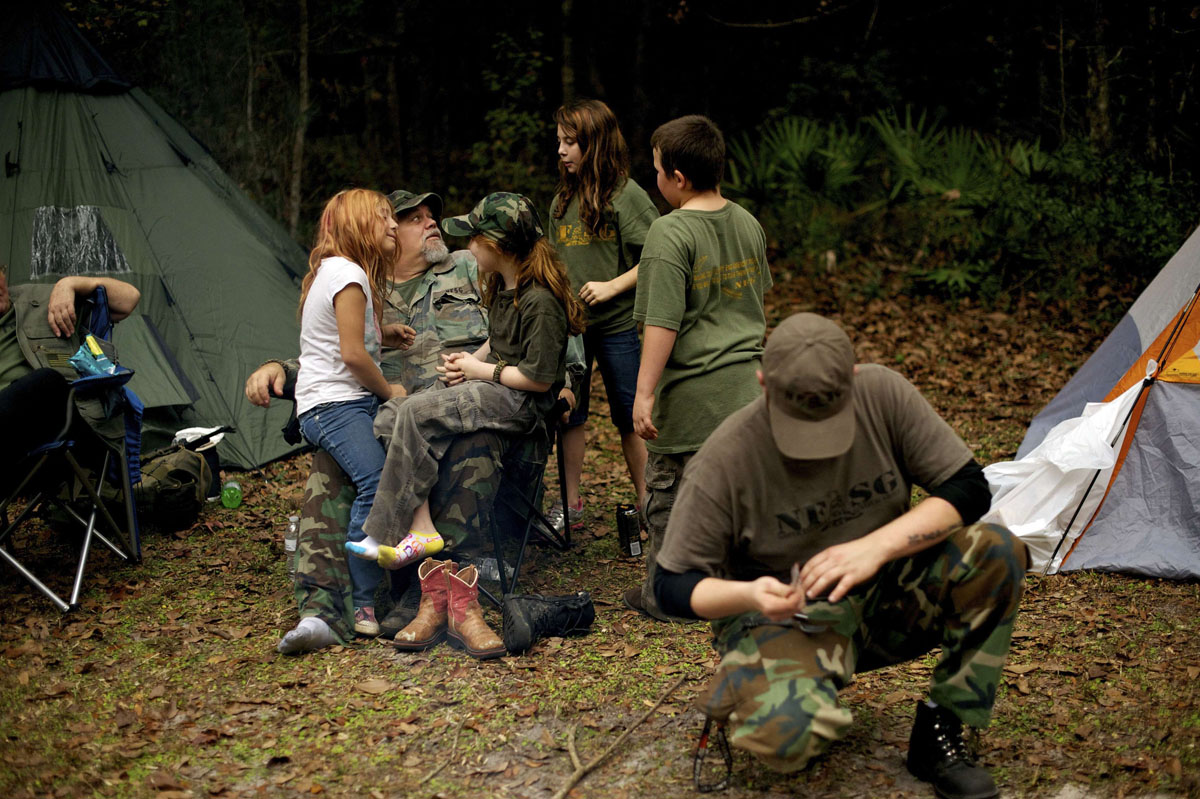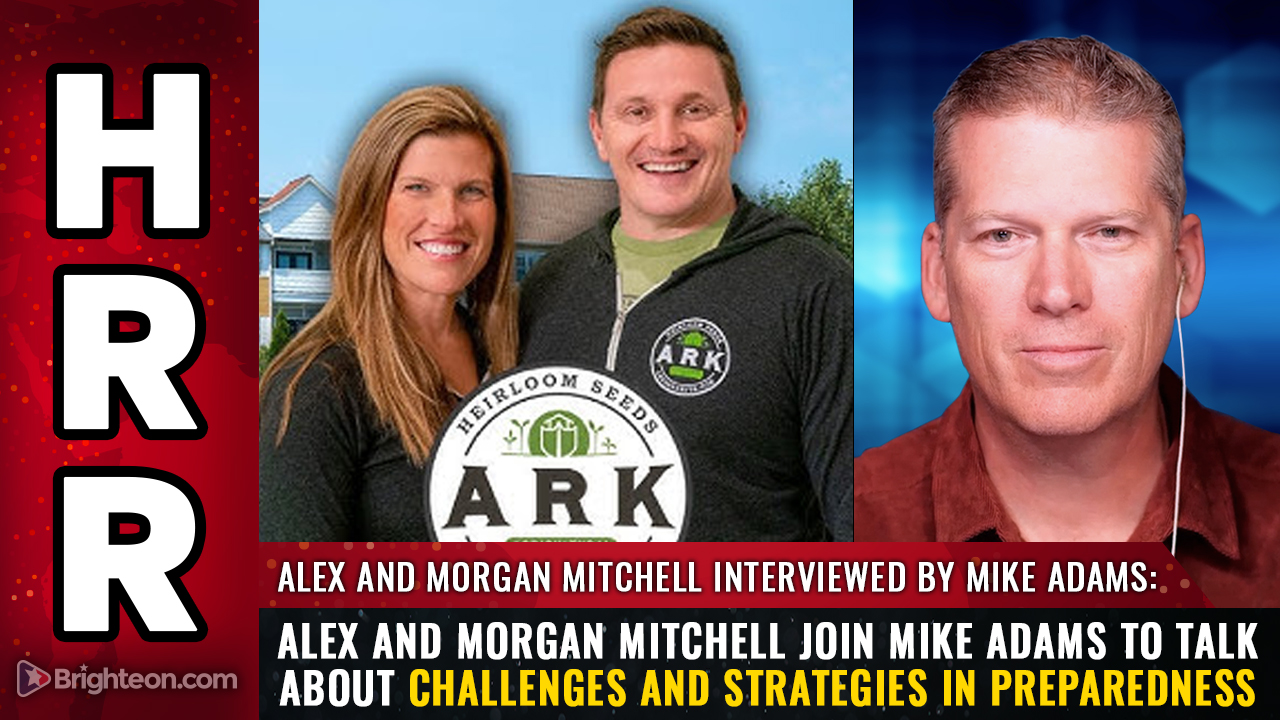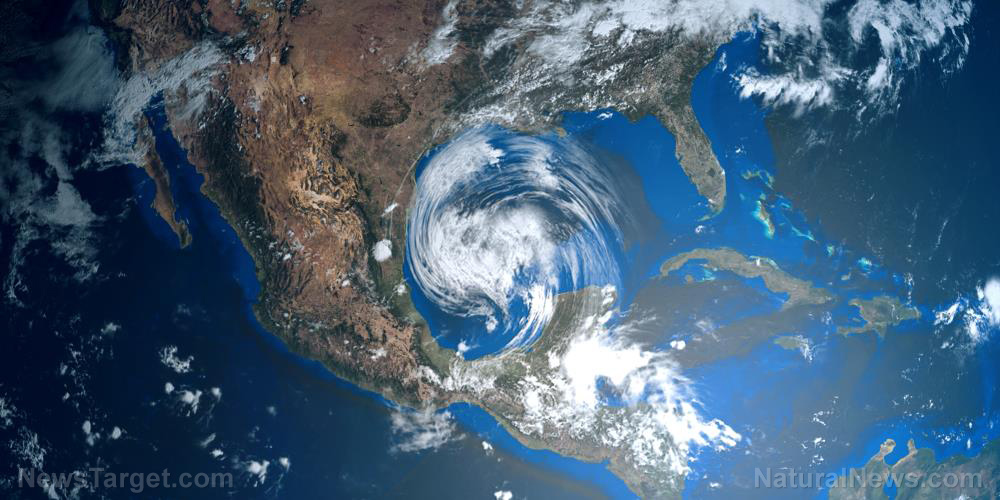Cresson H. Kearny’s “Nuclear War Survival Skills”: Panic kills more than radiation
04/04/2025 / By Kevin Hughes
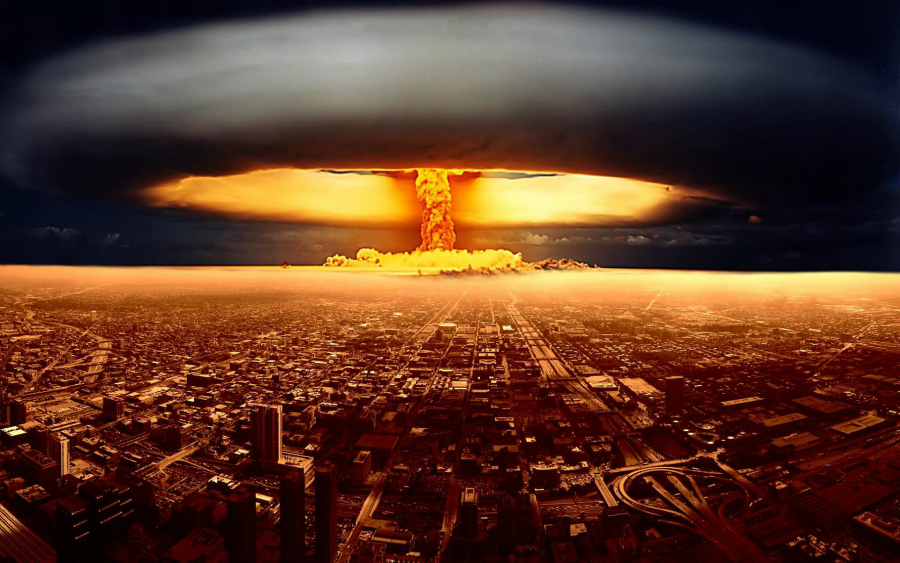
- “Nuclear War Survival Skills” by Cresson H. Kearny (1979/1987) has regained attention amid rising nuclear tensions, offering practical strategies for surviving an attack, blending engineering and psychological resilience.
- Kearny argued panic—not radiation—could cause the most casualties post-attack. He emphasized education to demystify radiation and curb irrational fear, citing parallels to the London Blitz.
- Kearny promoted hormesis (low-dose radiation potentially boosting immunity), a debated idea, to counter terror and encourage rational responses in crises.
- His manual featured low-cost, scalable solutions like the Kearny Fallout Meter (KFM) for measuring radiation and earth-covered shelters (with designs like the Kearny Air Pump) to withstand blasts and heat.
- Kearny condemned inadequate civil defense policies, urging grassroots preparedness and political advocacy. His work remains influential among preppers and academics, stressing knowledge and self-reliance as keys to survival.
In an era of rising geopolitical tensions, a decades-old manual on surviving nuclear war has gained renewed attention. Originally published in 1979 and updated in 1987 and again in 2001, “Nuclear War Survival Skills” by Cresson H. Kearny offers a chilling yet pragmatic blueprint for enduring the unthinkable. As global instability sparks fresh concerns over nuclear threats, Kearny’s Cold War-era advice—rooted in engineering precision and psychological resilience—raises a critical question: Could these strategies still work today?
Kearny, an engineer and former Army officer, argued that panic—not radiation—could be the deadliest aftermath of a nuclear attack. Drawing parallels to World War II, he noted that fear during the London Blitz caused more chaos than the bombs themselves. His solution? Education. By demystifying radiation and teaching practical skills, Kearny believed ordinary citizens could maintain clarity in a crisis.
One of his most controversial claims centered on hormesis—the theory that low-dose radiation might stimulate immune responses. While debated, Kearny insisted that understanding radiation’s nuances could curb irrational terror, a vital step in survival.
At the heart of Kearny’s manual is self-reliance. His Kearny Fallout Meter (KFM), a homemade device developed with U.S. Department of Energy scientists, allowed users to measure radiation with household materials. “Human beings cannot feel, smell, taste, hear, or see fallout radiation,” he warned. Without a meter, survivors would be “flying blind.”
Shelter construction was equally detailed. Kearny promoted earth-covered expedient shelters, which could be built rapidly and withstand blast pressures up to 50 psi. His designs leveraged earth arching—a phenomenon where soil distributes blast forces—and included ventilation systems like the Kearny Air Pump (KAP) to prevent heatstroke in confined spaces.
Kearny reserved sharp criticism for the U.S. government’s civil defense policies, calling them dangerously inadequate. He urged families to take survival into their own hands, advocating for grassroots preparedness and political advocacy to demand better protections. His manual wasn’t just about enduring disaster—it was a call to action to prevent one.
Though the Cold War has faded, Kearny’s work persists in prepper communities and academic circles. His emphasis on low-cost, scalable solutions—like the KFM and improvised shelters—resonates in an age of DIY culture and renewed nuclear anxieties.
“Preparation is the antidote to panic,” Kearny wrote. His book, equal parts technical guide and manifesto, underscores a timeless truth: Knowledge, not fear, may be humanity’s best defense.
As world leaders grapple with escalating nuclear rhetoric, Kearny’s manual serves as a stark reminder—and a roadmap—for survival in an uncertain age. Whether his strategies would hold up today remains untested. But for those unwilling to leave survival to chance, his advice endures: Stay informed, stay prepared, and above all, stay calm.
Watch this video about Cresson H. Kearny’s book “Nuclear War Survival Skills.”
This video is from the BrightLearn channel on Brighteon.com.
Sources include:
Submit a correction >>
Tagged Under:
blast shelters, civil defense, Cold War, Cresson H. Kearny, earth arching, heatstroke, hormesis, Kearny Air Pump, Kearny Fallout Meter, london, nuclear attack, nuclear threats, nuclear war, radiation, self-reliance, ventilation systems, World War II
This article may contain statements that reflect the opinion of the author
RECENT NEWS & ARTICLES
COPYRIGHT © 2017 PREPAREDNESS NEWS


